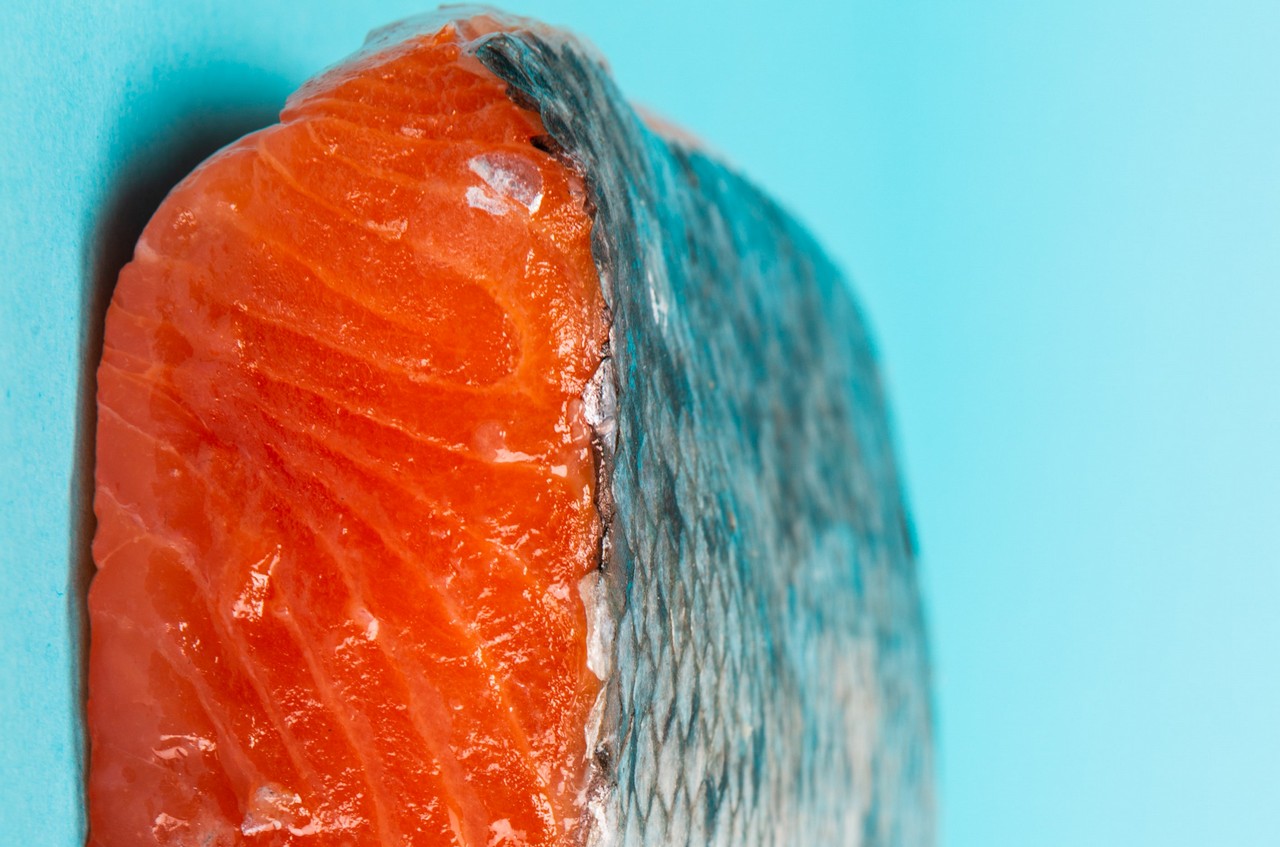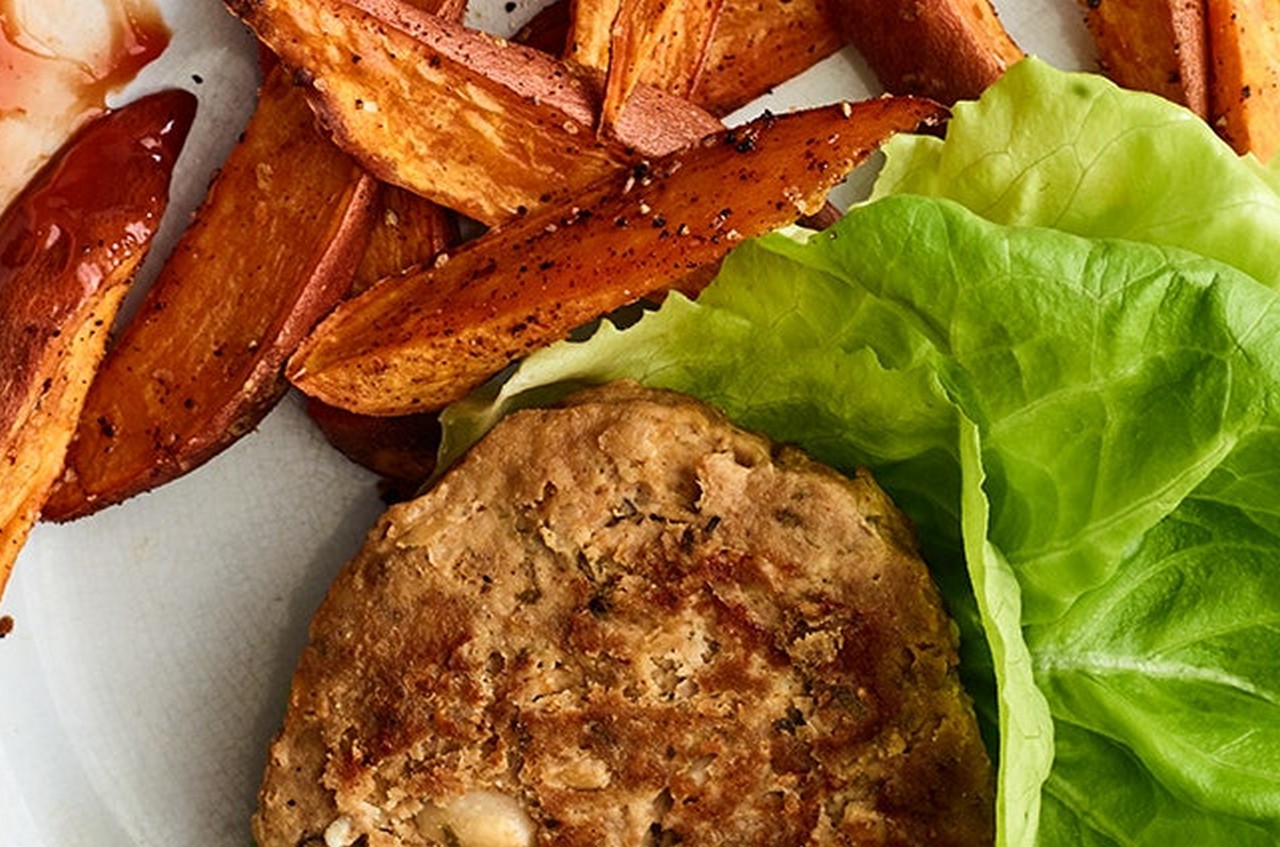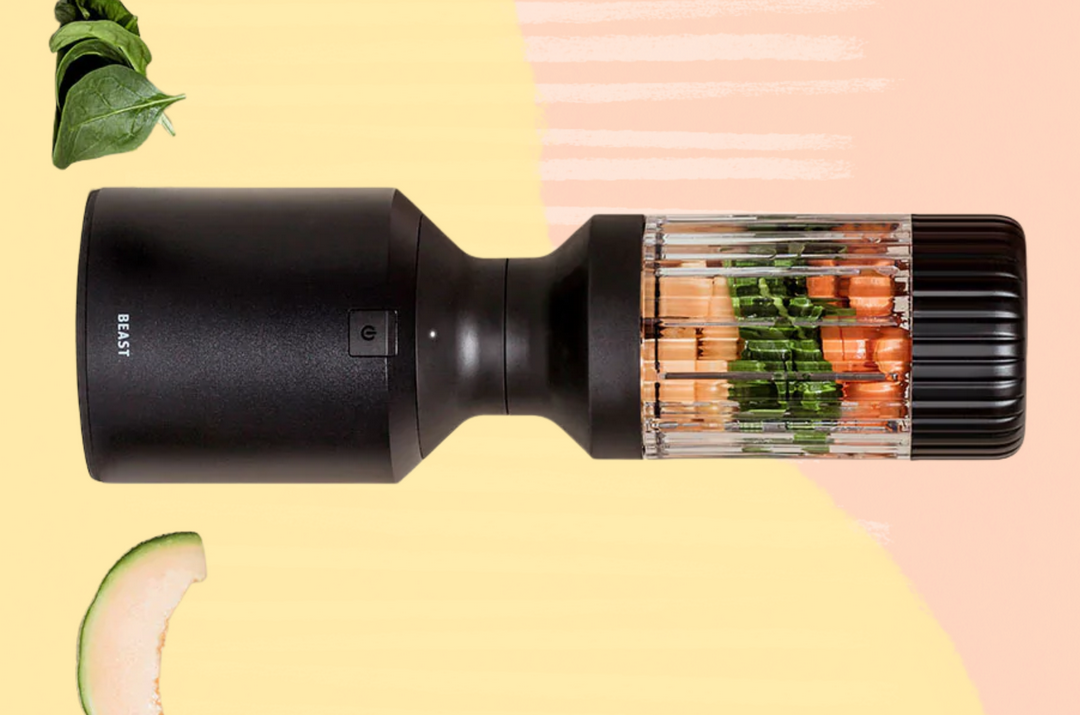
Whether you want to strengthen your bones or bolster your immune system, you might be wondering how to increase vitamin D in your body. And there’s a decent chance you may need to. Estimates of how many people have low vitamin D levels vary, but data from the 2011 to 2014 National Health and Nutrition Examination Survey show that inadequate or deficient levels are relatively common in the U.S., with the risk of inadequacy (24%) and deficiency (8%) peaking among adults ages 20 to 39.
Vitamin D is a key nutrient that we can get through our diets or make for ourselves with the help of sun exposure. Not getting enough of it can be an issue, since it does a lot for our bodies. Vitamin D is best known for working in tandem with calcium to help you build and maintain strong bones. But vitamin D is important for many other aspects of our health as well, playing important roles throughout the body much as a hormone does. As SELF has reported, research suggests that getting enough vitamin D may help protect you from respiratory infections, promote healthy blood sugar levels, prevent pregnancy complications, and perhaps even reduce your risk of developing or dying from various types of cancer.
So how do you get more vitamin D? And how do you know if you need more in the first place? Here’s what you need to know about getting enough vitamin D, and the best ways to get more.
How to know if you need more vitamin D
Vitamin D deficiency happens when you don’t have enough of this nutrient circulating through your blood. Your doctor can spot vitamin D deficiency through a simple blood test, with results reported in either nanomoles per liter (nmol/L) or nanograms per milliliter (ng/mL), according to the Office of Dietary Supplements (ODS) at the National Institutes of Health. Normal levels—meaning the amount considered adequate for general health and bone health for most people—are greater than 50 nmol/L (20 ng/mL). Levels from 30 to 50 nmol/L (12 to 20 ng/mL) are low and considered inadequate for bone and overall health for most individuals. Once you get below 30 nmol/L (12 ng/mL), that’s considered a deficiency.
While low or deficient vitamin D levels are associated with a variety of health issues, like heart disease, diabetes, and depression, as SELF has reported, there isn’t definitive evidence showing that lack of vitamin D is necessarily the cause of these issues—or that getting more vitamin D can help prevent them. But the ODS says vitamin D deficiency has been found to lead to a condition called osteomalacia, a softening of your bones that can cause symptoms like bone pain, muscle weakness, and muscle spasms. Feeling fatigued and weak are other potential signs of deficiency, Shana Minei Spence, M.S., CDN, a registered dietitian nutritionist based in New York City, tells SELF.
But these symptoms aren’t actually a reliable indicator of a vitamin D deficiency, since a variety of health issues can cause them—and many people with a deficiency have no noticeable symptoms at all. That’s why the only way to be sure is with a blood test and an official diagnosis from a doctor. Some doctors order these tests routinely; others don’t, Sue Shapses, Ph.D., R.D., a professor of nutritional sciences at Rutgers University, tells SELF. “Should people ask for their levels? I would say that, if you think you’re at risk, yes,” she says.
While anyone can experience low or deficient vitamin D, there are some risk factors that can make it more likely. According to an analysis of 2011–2012 National Health and Nutrition Examination Survey data published in Cureus in 2018, risk factors include:
- Darker skin color. Sunlight stimulates your skin to produce its own vitamin D for your body, as SELF has explained. People with darker skin make less vitamin D in the sun than people with lighter skin because the melanin, or pigment, in their skin scatters the UV rays that are key to this process.
- Low dairy-product consumption. Most milk sold in the U.S. is fortified with vitamin D. Milk drinkers may have a lower risk of deficiency than those who don’t consume dairy daily, such as people who eat a vegan diet or are lactose-intolerant.
- Smoking. Cigarette smoke may impair the expression of a gene that helps your body utilize circulating vitamin D levels. (Add this to the long list of reasons not to smoke!)
- Certain malabsorption conditions. Some people become deficient in vitamin D not because they don’t consume enough of it, but because they have a condition that inhibits fat absorption (like Crohn’s disease or celiac disease), and vitamin D is a fat-soluble nutrient. People who have undergone gastric bypass surgery may be at risk too, since that procedure can also reduce the absorption of fat-soluble vitamins.
How to increase vitamin D levels
There are three basic ways to get vitamin D into your body: sunlight, food, and supplements. Here’s what you need to know about each.
1. Sunlight
Your skin starts manufacturing vitamin D for your body when exposed to the sun’s UV rays, Dr. Shapses explains. Most people meet some of their vitamin D requirements this way, per the ODS, and people who spend a lot of their time inside may be more prone to deficiency, says Spence. However, there are a lot of variables in play that make things more complicated. “I think people rely on the sun because of the term sunshine vitamin,” Spence says, but the sun may be a less dependable source of vitamin D than you might have thought.
Most Popular
- 5 Less Obvious Signs of Seasonal Depression You Should Definitely Pay Attention To
By Maggie O’Neill
- 42 Creative Valentine’s Day Gifts for Guys
By Sarah Madaus
- Just Some Fun Sex Toys You and Your Partner Will Love
By Gabrielle Kassel
For starters, there aren’t any official guidelines for sun exposure and vitamin D. Some evidence suggests that 5 to 30 minutes of sun exposure a day or at least twice weekly is adequate for your skin to produce enough vitamin D, according to the ODS. But the amount of sunshine any one individual needs to make an adequate amount of vitamin D really depends on a bunch of different factors, such as your location, the season, smog levels, skin exposure, sunscreen use, cloudiness, age, and skin color, the ODS explains.
Seasonwise, for instance, winter is typically a time to be more concerned about potentially low vitamin D levels, says Dr. Shapses. Yet it also depends on where you live—generally speaking, the farther you live from the equator, the less sun you get year-round, says Spence. In one study published in the Journal of the American Academy of Dermatology in 2010, for instance, a person with a medium skin tone could produce 400 international units (IU) of vitamin D by spending three to eight minutes in the sun at noon in Boston between April and October. They could make the same amount in three to six minutes in Miami no matter the month.
Another factor is skin color. Again, people with naturally darker skin tones produce less vitamin D thanks to the melanin in their skin that scatters UV rays. (That said, it’s not totally clear whether lower vitamin D levels, which are more common in Black people, negatively impact their health, the ODS explains. Either way, there aren’t different recommendations for sun exposure based on your skin color.)
Beyond that, we all know that sun exposure comes with a cost—it increases our risk of skin cancer, the most common cancer in the U.S. That’s why sunscreen is a must when you go outside. It shouldn’t interfere with the process: People typically don’t actually put enough sunscreen over all exposed areas to totally shield the skin from the vitamin D–producing rays in sunlight, according to the ODS. So by all means, enjoy your time in the sun and soak up that vitamin D—but stay safe, protect your skin, and keep on slathering on that SPF (minimum SPF 30). And instead of depending solely on the sun, look to your diet to help you hit your vitamin D levels.
2. Food
While your body makes some vitamin D from sunlight, you need the nutrient in your diet too, Spence says. The recommended daily allowance (RDA) for vitamin D—which is calculated on the assumption that people are getting minimal sun exposure—is 600 IU of vitamin D per day for everyone from the ages of 1 to 70, according to the ODS. (We’ll give a few examples below to help you gauge what that amount actually looks like.)
The thing is, vitamin D doesn’t occur naturally in very many foods, according to the ODS; the best natural sources of vitamin are fatty fish, like trout, salmon, tuna, and mackerel. (Yet another reason to eat the two servings of fatty fish per week recommended for heart health, says Dr. Shapses.) For example, cooked pink salmon has 647 IU of vitamin D per half fillet, according to the USDA.
Most Popular
- 5 Less Obvious Signs of Seasonal Depression You Should Definitely Pay Attention To
By Maggie O’Neill
- 42 Creative Valentine’s Day Gifts for Guys
By Sarah Madaus
- Just Some Fun Sex Toys You and Your Partner Will Love
By Gabrielle Kassel
Some animal products, like cheese, egg yolks, and fatty meats, also have small amounts of vitamin D. For example, you can find 88 IU of vitamin D in a three-ounce serving of braised pork spareribs and 44 IU in a large hard-boiled egg, according to the USDA.
Another good source is some varieties of mushrooms, which are sometimes even treated with UV light to produce more vitamin D, according to the ODS. According to the USDA, morel, chanterelle, maitake, and UV-treated portabella mushrooms tend to contain the most vitamin D, although levels vary based on growing and storage conditions. For instance, chanterelle mushrooms have about 114 IU per cup, according to the USDA.
Most of the vitamin D in the American diet, though, comes from foods that are fortified with vitamin D. Almost all dairy milk sold in the U.S. is fortified with vitamin D, according to the ODS. (You can get 117 IU per cup of 1% milk with added vitamin D, for example.) Yogurt, plant-based milks (like soy, almond, or oat milk), cereal, and orange juice are also commonly fortified. For example, Cheerios have 60 IU of vitamin D in each 1.5-cup serving. Adding more of these foods that are naturally rich in vitamin D or fortified with it can help increase your vitamin D intake.
3. Supplements
It’s possible to get enough vitamin D in your diet, but it’s not always easy. “If people aren’t eating a variety of foods, especially cereals, milks, yogurt, and fish, then a supplement might be needed,” says Spence.
It’s always smart to check with your doctor before starting a new supplement, and to do your homework before buying, as SELF has reported. If a blood test reveals deficiency, your doctor can give you a prescription supplement or recommend an over-the-counter supplement in a dose to restore your levels to normal, Dr. Shapses says. If you work with a registered dietitian, they may also recommend a supplement, Spence says, as well as counsel you on dietary sources of vitamin D.
In general, doses of 600 IU to 1,000 IU of vitamin D per day are pretty safe, says Dr. Shapses. (Many multivitamins contain about 1,000 IU of vitamin D, she says.) Spence typically recommends 600 IU for women up to age 70 from a brand that is USP-verified. (This certification means the product contains the ingredients listed on the label in the declared potency and amounts, does not contain harmful levels of specified contaminants, will break down and release into the body within a specified amount of time, and has been made according to the U.S. Food and Drug Administration’s Good Manufacturing Practices, according to USP. But keep in mind that the FDA doesn’t regulate the actual supplements.)
You should only take higher doses of 5,000 IU to 10,000 IU per day if recommended by your doctor, Dr. Shapses says. If your doctor diagnoses you with a vitamin D deficiency, they may prescribe a special high-dose supplement for you to take for a short time, about 8 to 10 weeks. This can bring your levels up into the normal zone fast.
Again, speak to your doctor, and play it safe. There is a risk of excessive vitamin D supplementation—due to mistakes in manufacturing the supplement, an incorrect doctor’s prescription, or simply taking a lot more than directed. This can lead to extremely high levels of vitamin D (greater than 125 nmol/L or 50 ng/mL), which have been linked to adverse health effects, the ODS says.
If you’ve been diagnosed with low or deficient vitamin D or are trying to get more vitamin D into your life, talk to your health-care provider about these various ways to increase the levels of vitamin D in your body—whether through time in the sun, diet, or supplements. And if you want to know whether your efforts are working, there’s only one way to find out: That’s right, you’re going to need to get that blood test.














